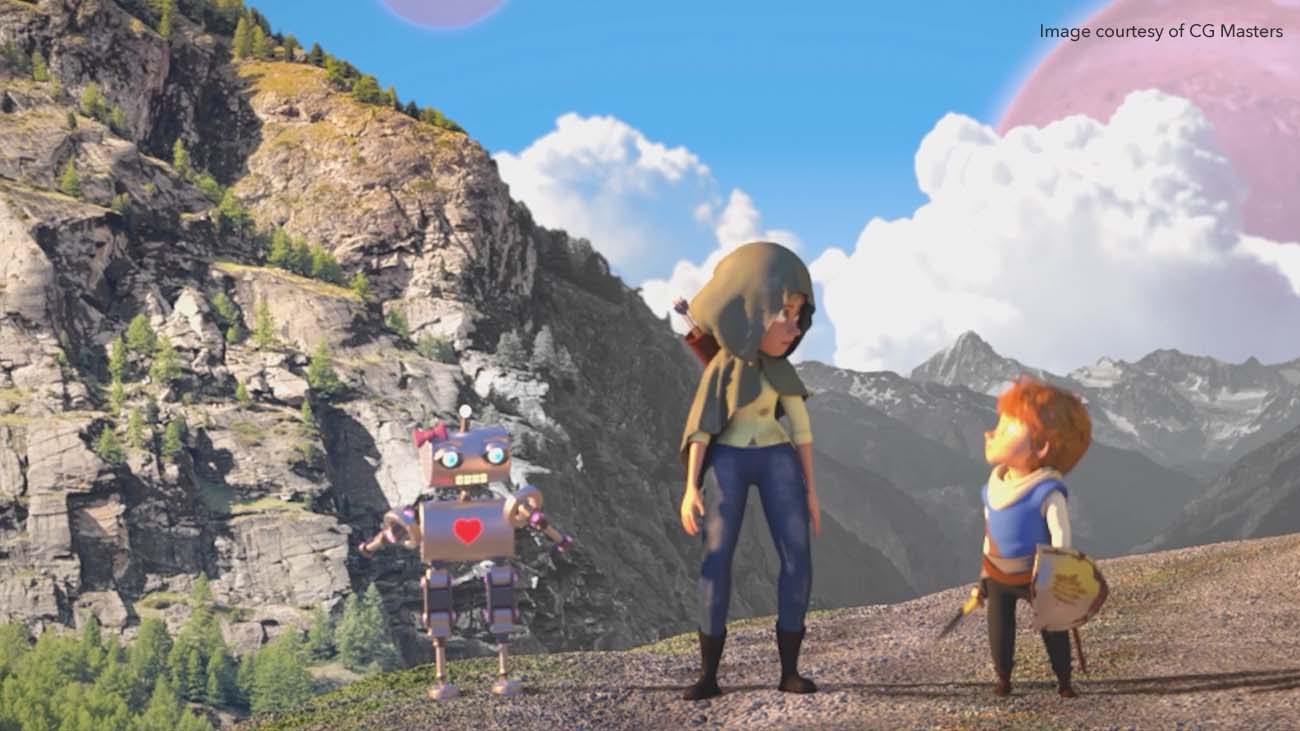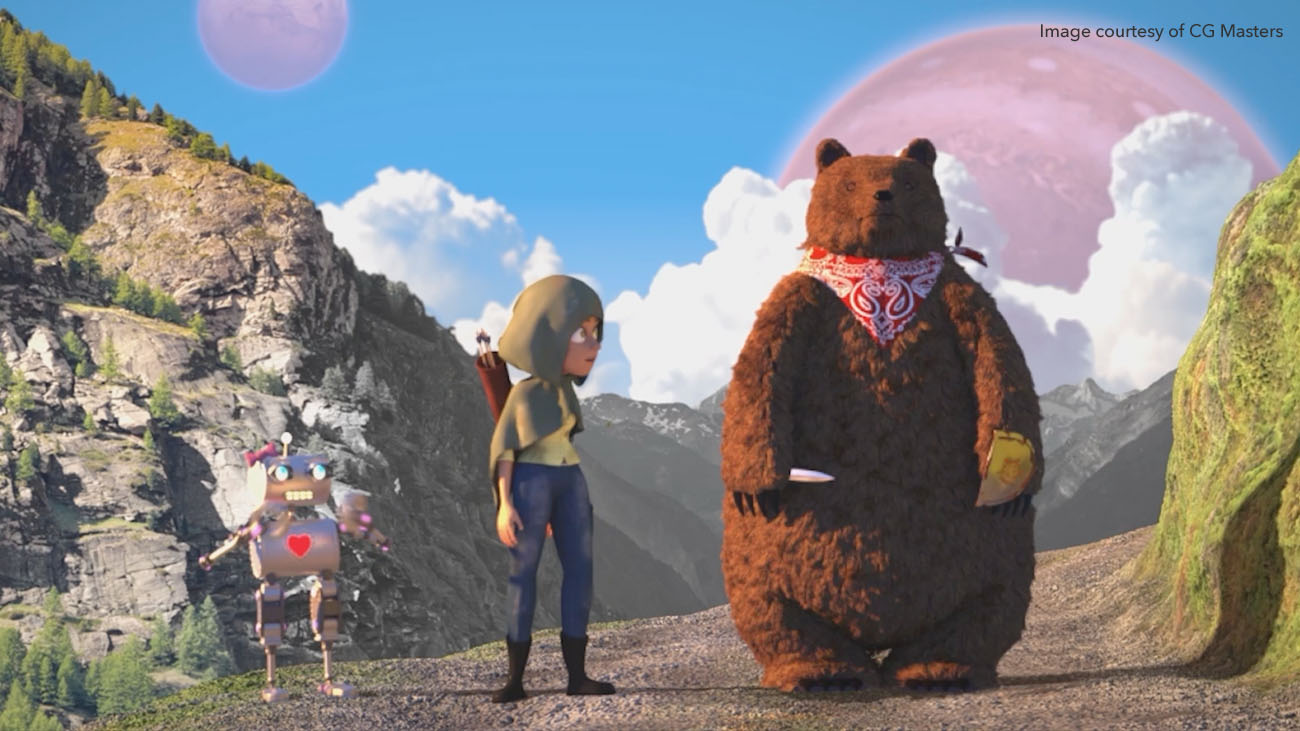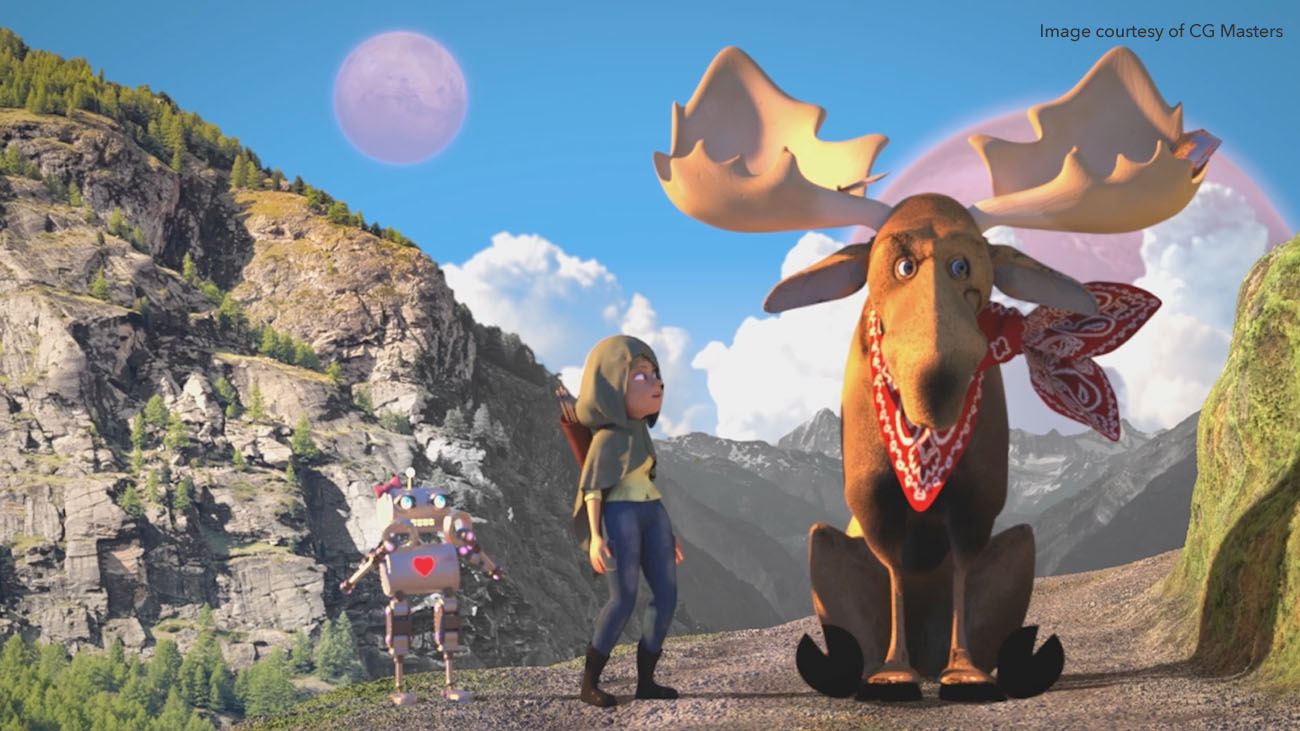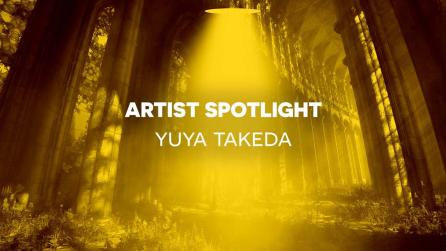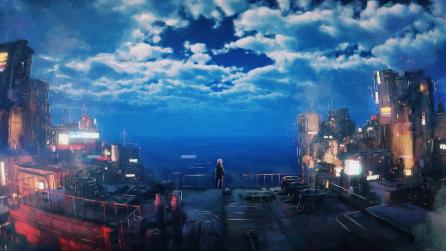From production to education with Nicholas Boughen
Not even SIGGRAPH 2022 could get in the way of our fortnightly Modo livestream—we actually held it from Vancouver! Given the importance of this event in the visual effects (VFX) community, we found it suitable to have a special guest, Nicholas Boughen from CG Masters to share his experience in the industry, as well as his production and education philosophies.
After realizing that Junior Artists and recent graduates were lacking real-life production skills, Nicholas thought it was time for a change. So he laid the foundation for a school that is based on genuine skills and on-the-job training methodologies instead of the traditional theoretical methods.
We sat down with Nick to find out the whole story behind CG Masters, discover which key skills his students are taught, and why this school emphasizes the production artist mentality. Stick till the end to find out why he thinks Modo is a superior modeling tool and to discover his thoughts on the challenges both current and veteran 3D artists face.
Q: How did you get involved in 3D?
A: I was originally trained as a scenic and lighting designer for live theater which I did for many years. Over the course of that time, 3D software became available—it wasn’t super capable, but it was 3D software nevertheless.
In those days, the way you would show a director a set would be by building a very small maquette—a painted model of what the set was going to look like. It involved lots of hot glue, burning your fingers, and cutting yourself. As far as a lighting design, you would present a blueprint that showed lighting positions and everybody had to imagine what that was going to look like.
What I realized for the very first time ever was that I could build the theater, the set in the theater, all of the lighting positions, light it, and show what it would look like to scale from any seat in the audience without ever setting foot in the theater—it was a complete game changer for design!
Q: How did you become an educator?
A: Initially, I was a Lead Lighting Artist at Rainmaker Visual Effects and I was trying to hire a crew for my lighting department. It was really difficult to find anybody who was a decent lighter. To this day, I know that people who come trained from schools have learned three-point lighting, they've learned to use ambient occlusion shaders, and a host of other really antiquated techniques that are no longer used or necessary. The reason we used those techniques back in the late 1990s and early 2000s was because there were technical limitations with the hardware and software that have been resolved since.
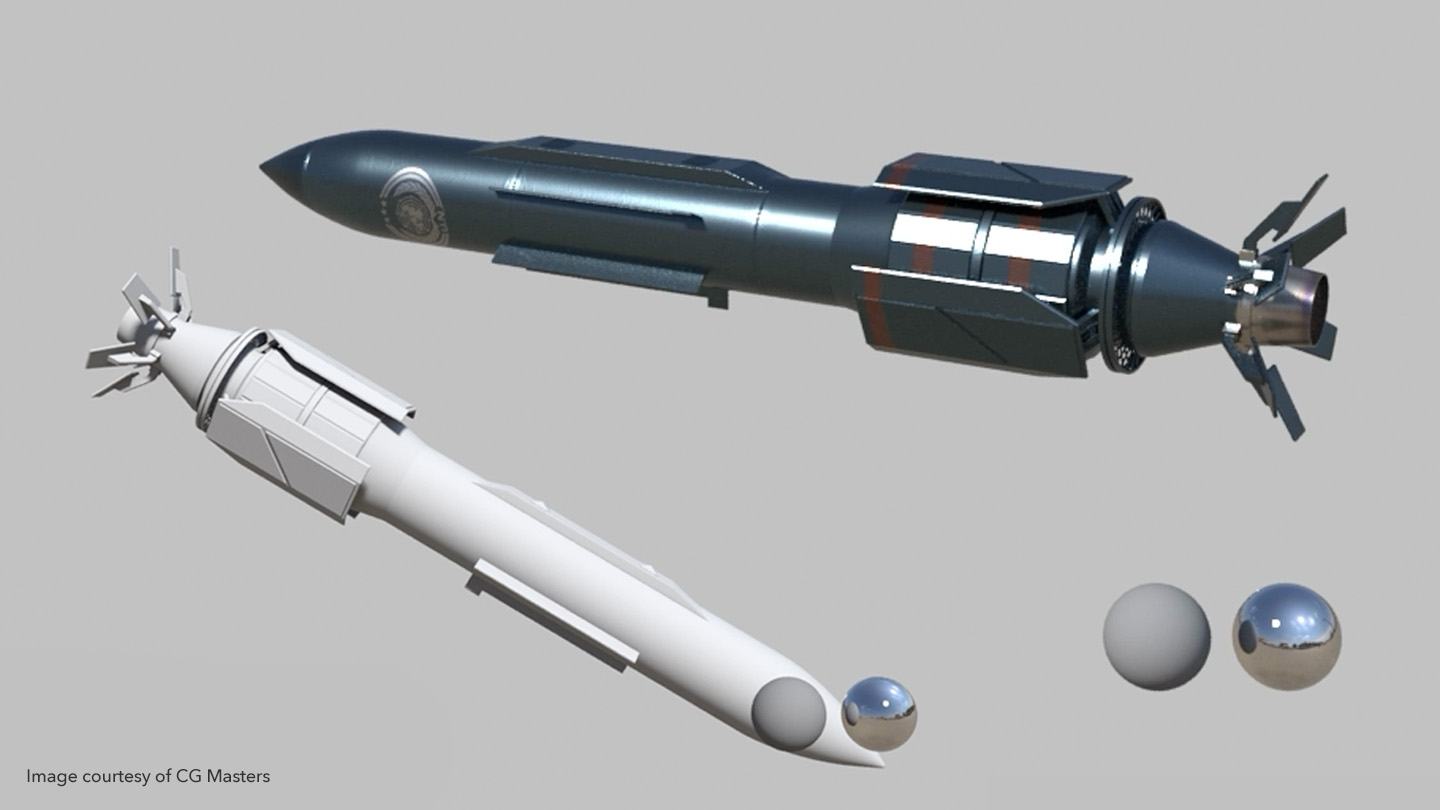
Now, lighting is completely different from what it was over 15 years ago. Unfortunately, most of the skills that are being taught are still those old techniques. I had an opportunity to start teaching and I thought: “Okay, I'm going to go out and I'm going to start teaching lighting the way lighting should be, starting with real-world analysis of real light and real materials, and how the tools attempt to replicate that—what they do well, what they don't do well, and all the things that we have to do to bridge that gap between reality and the tools.” My intention was to train people that I could then hire into my teams, and I could never train enough.
Q: What prompted you to start CG Masters?
A: We were starting to get entire features at one studio, so we were really working to build up our crew. We found that Junior Artists and the graduates from programs that we hired, learned to use Nuke and Maya, there were one or two that were taught a little bit of Houdini, and various other tools. But nobody was taught how to work in a production environment. So nobody knew any studio procedures.
They didn’t follow folder naming conventions.They didn’t know how to function as a member of an assembly and they didn't know any client management skills. They also didn’t know how to attend dailies or properly record and respond to notes, execute them, and resubmit the full review. We realized the whole administrative side of being an artist in a production team was simply not taught.
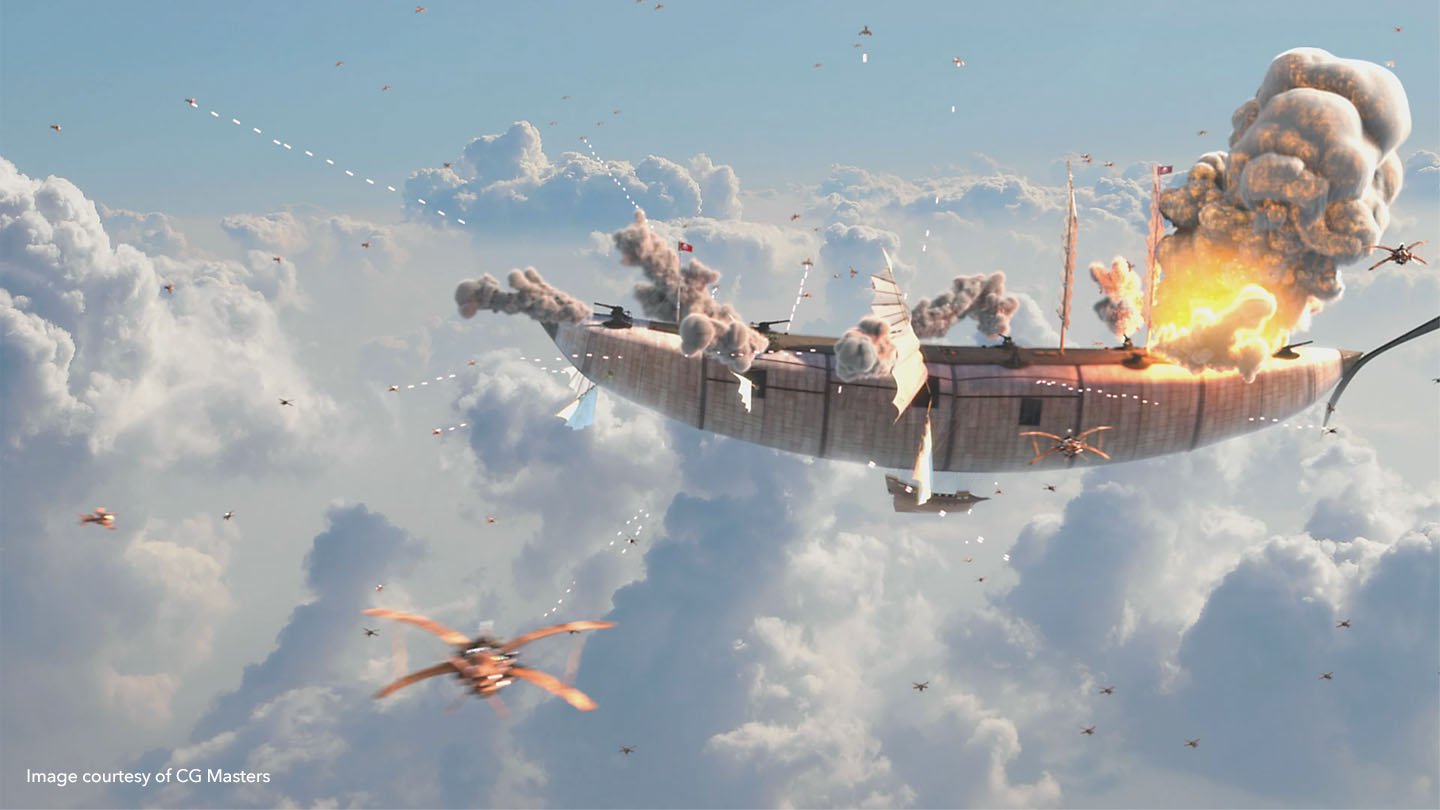
Myself and some of my colleagues went around to some of the local schools, public and private and said: “This is great that you teach software. You also need to add production operations into your curriculum. Please do this. We'll help you to develop the curriculum. We need to hire people who actually have some idea of how production works because we can't hire them otherwise. There's a mandate to not hire people who don't know that stuff.” And public school response was generally: "Hey, that's a really great idea. It'll take 10 years to develop that curriculum."
On the other hand, the private schools were also saying that they didn’t need to change which was really annoying. So you have people from industry going to the education sector advising them that what they are doing is good but that is not all we need and they are missing the whole part of the education. And they said, “We're not going to do that” for various reasons.
Somebody had to start a school where you actually put students into a pipeline under the oversight of real production supervisors, working in a pipeline, handing assets down the line person to person all the way down and doing finished shots, exactly the way it's done in a real production pipeline—that’s how CG Masters was born.
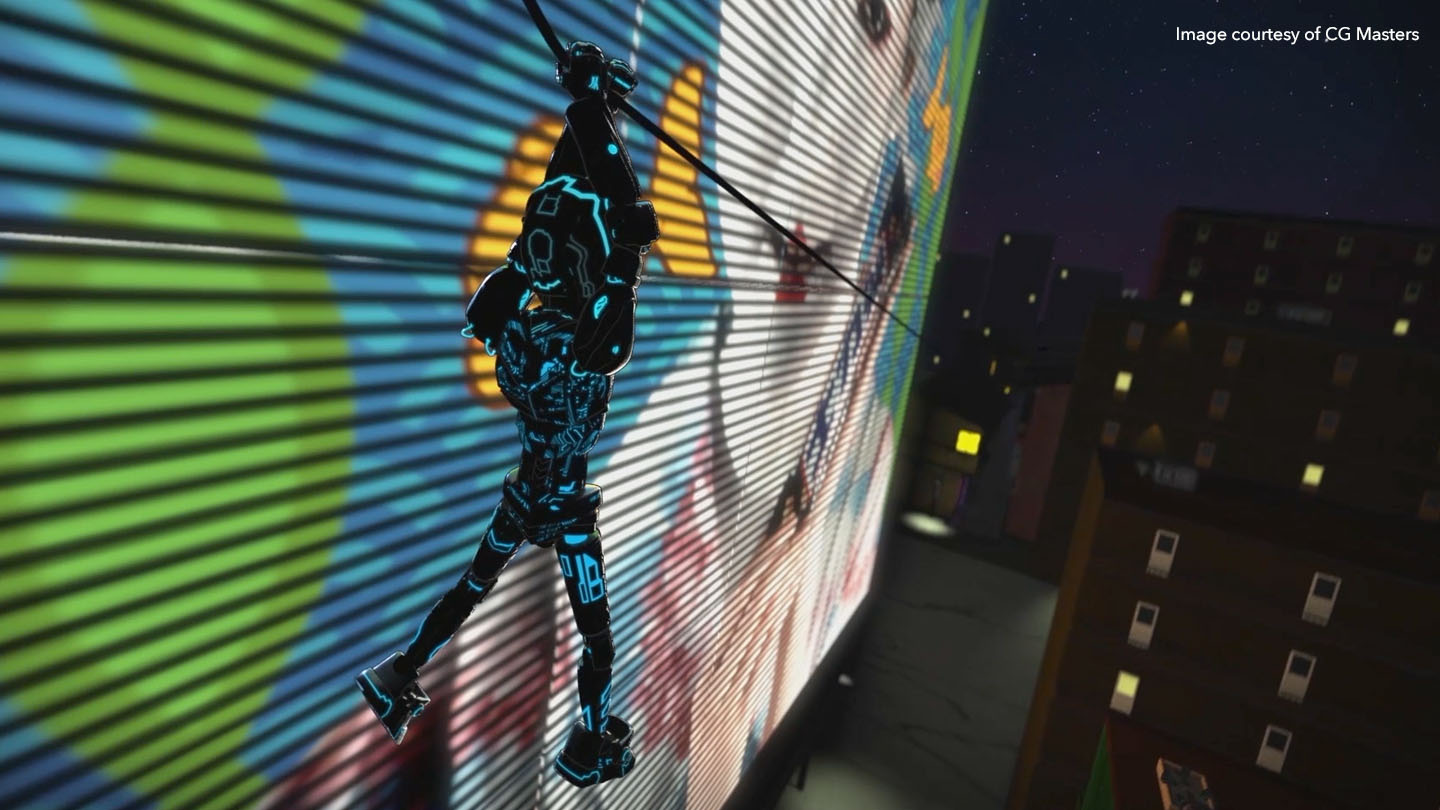
Q: What are some of the challenges you face in teaching?
A: One of the hardest things to teach is what a deadline is. When students come out of public education, they think a deadline is a day before they start writing their essay—or sometimes even the night before. Then if they don't get it done in time, they can go to their teacher and ask for a two-day extension in exchange for 2% off the grade. Try to imagine going to a client and telling them that the shots they gave you are too hard and asking for some easier ones.
Public academia is teaching students that a deadline isn't a real thing, that it's something that you can blow past and it'll be okay, which is simply not reality. All of the things that we teach—Python, the full Foundry suite, Houdini effects— are easier to teach than reprogramming somebody out of the education system to understand what a deadline actually is.
I've said this since I first started in my first CG supervisor job: “The only way to really teach people production is to get them to do production.” That means they have to work in a production pipeline with pipeline tools, learn the procedures that they have to execute, what communication systems that they have to use, and how to conduct themselves as though they were professionals working at a job.
Of course, in a school, they're going to make lots of mistakes. The difference here is that these mistakes are a learning opportunity instead of somebody taking you into the office and giving you a warning. Nobody gets fired—we want the students to make all their mistakes so by the time they go into their jobs, they know what they're doing.
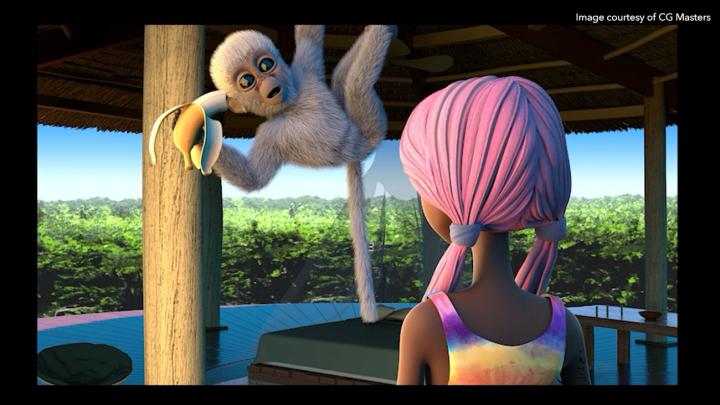
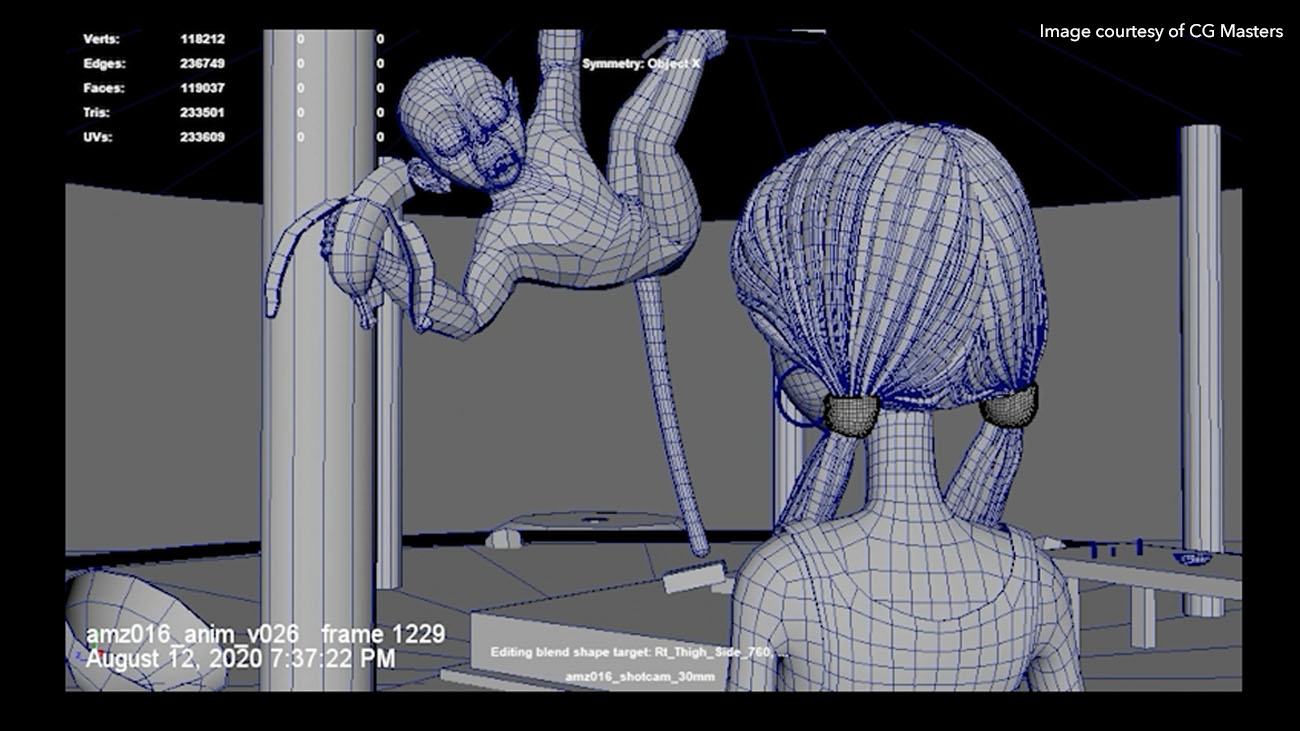
Q: It sounds very stressful being both an educator and a production artist. Do you find that difficult or do you find that helps enable you as an educator?
A: Actually it's the reverse, being an educator enables me as an artist. Because there is no better way to know your tools and technique deeply than to have to teach them to somebody else. So to anybody who's an intermediate-level artist, if you get an opportunity to teach, do that. You will never know your tools better than that.
Q: What’s a key skill you teach your students?
A: Students in our school cover all of the disciplines. There are a couple of reasons why we do that.
First of all, when students come in, they don't know what they want to do. They think they want to be a character animator or they think they want to be a compositor because they know somebody that has that role. Then they try all the disciplines and they latch onto something. So we do it from one point to help people find what they're really passionate about. Because if you love what you're doing, you're naturally going to be better at it.
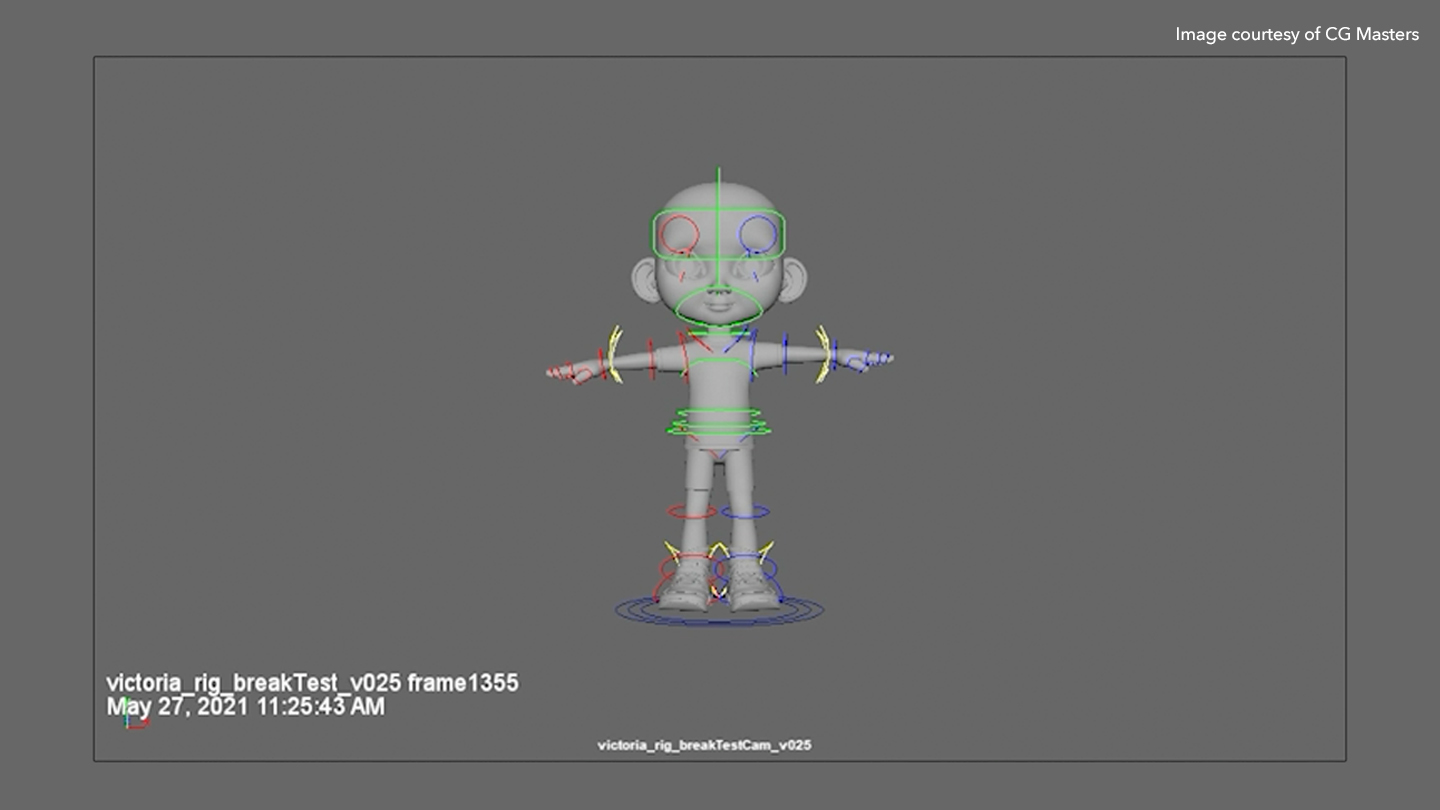
Secondly, if you don't know how to rig and you're only a character animator, you won't know how to discuss rigging issues with the rig department. These kinds of interconnected bits of knowledge are really helpful in your communication, and solving day-to-day problems.
My graduates are not always going to be junior or intermediate-level artists. At some point, they're going to get leadership positions and when they're in leadership positions, they're going to be much better at communicating with the various departments around them because they've done all those things. That may not be their field today but they've done it and they know the language and understand the issues that people are facing. They're going to be able to have better conversations and make better decisions. It doesn't make sense to me when a student takes a program that only teaches one thing, because, in my opinion, it limits your career.
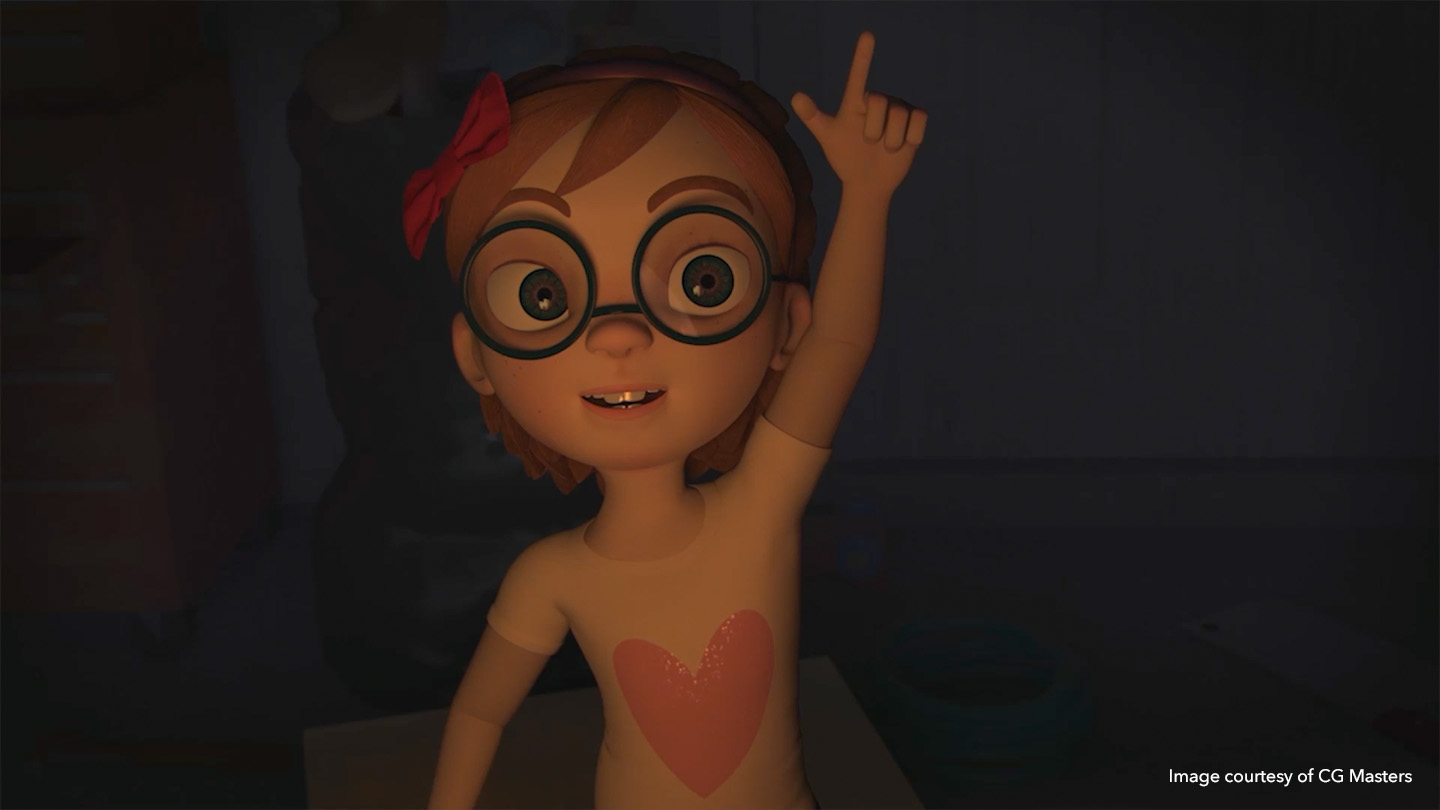
Q: How important is giving and receiving feedback for a student’s development?
A: In term one, we have an observational drawing course in which some people are brilliant artists and others can only draw stick men. Observational drawing is not about learning to draw, it's about learning to observe well which, of course, is important in any discipline. In that class, we spent a lot of time discussing what it means to give and receive critique, how it should be given and how it should be received, and what the intentions of the people are. It takes a lot of reviews for the students to wrap their heads around it and realize that it’s not about being criticized, it’s not personal.
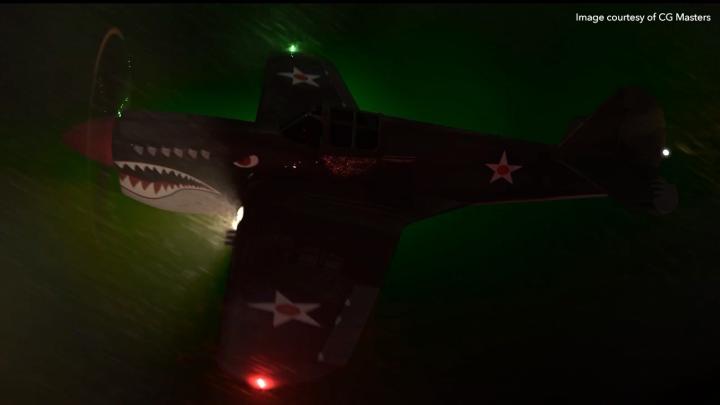
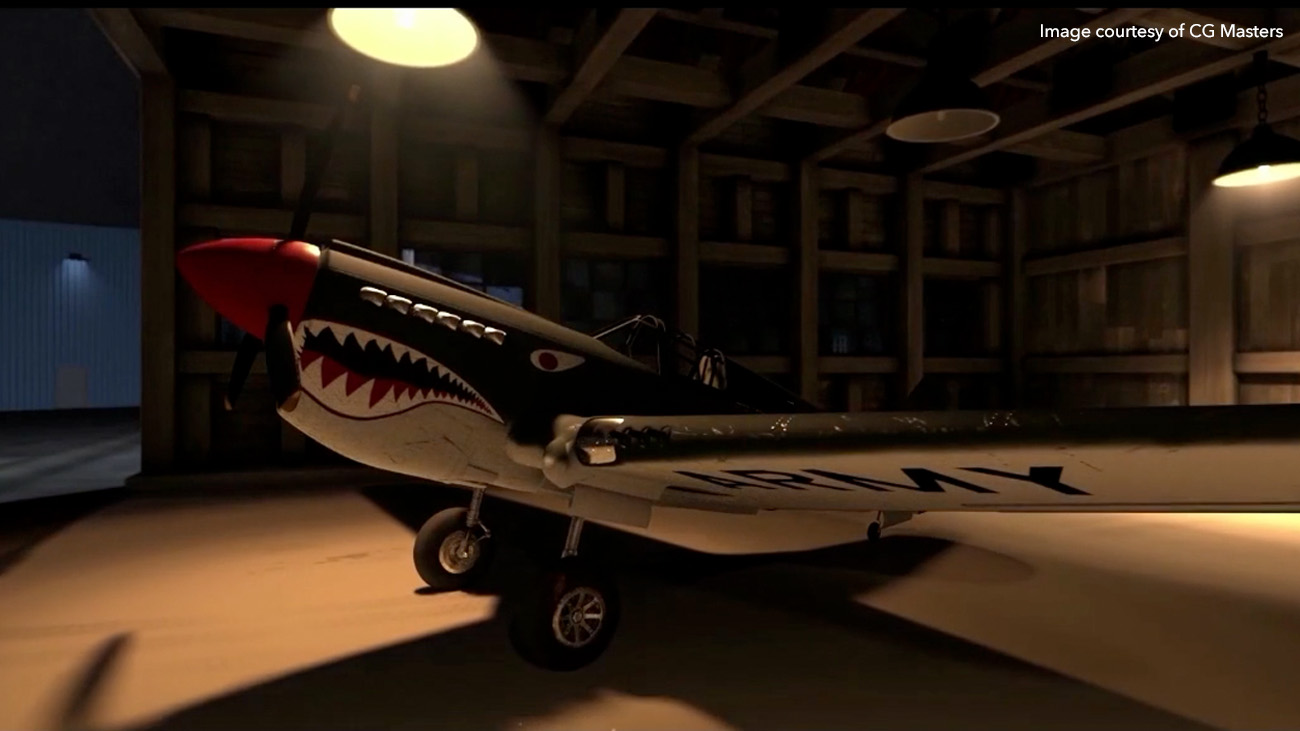
Q: You teach Modo at your school—where do you find it's most useful for 3D artists?
A: We use it mainly in modeling sculpting topology. I actually use it in my work as well. I model almost exclusively in Modo. I find it just such a smooth artist-friendly workflow. It just works for me. It's not simple but it's intuitive.
I think personally—and this is just my opinion— that Modo is a really superior modeling tool, way more artist-friendly. An artist who wants to survive in today's industry should learn multiple different packages because it enables them to then learn any package. Imagine going into a studio and they use a package you haven’t used before but you’ll be able to pick that up in only a couple of weeks.
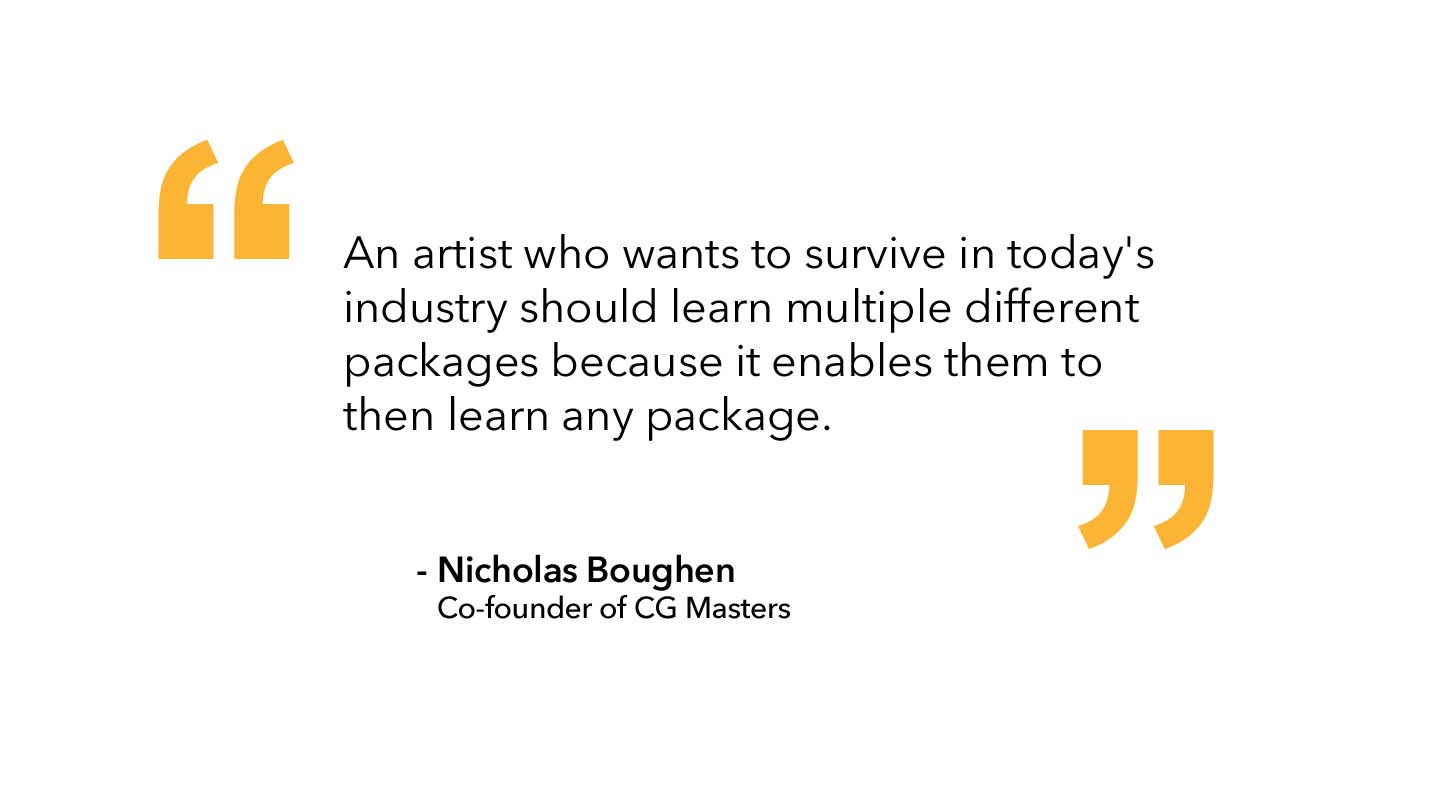
I learned to rig in LightWave. I rigged in Modo. I rigged in Maya. And then a couple of months ago, I decided to learn to rig in Houdini, and it took me about two days. Same concepts. It's all the same. It's just different names, tools and buttons in different places. The concepts are all identical.
Q: Do you have your students work on their UVs as they model, or just at the very end?
A: Normally, in term one, we teach them to model and then we teach them to UV. Once they understand the concepts, we advise them to work on the UVs as they go along, especially when you have multiple copies of things and so forth.
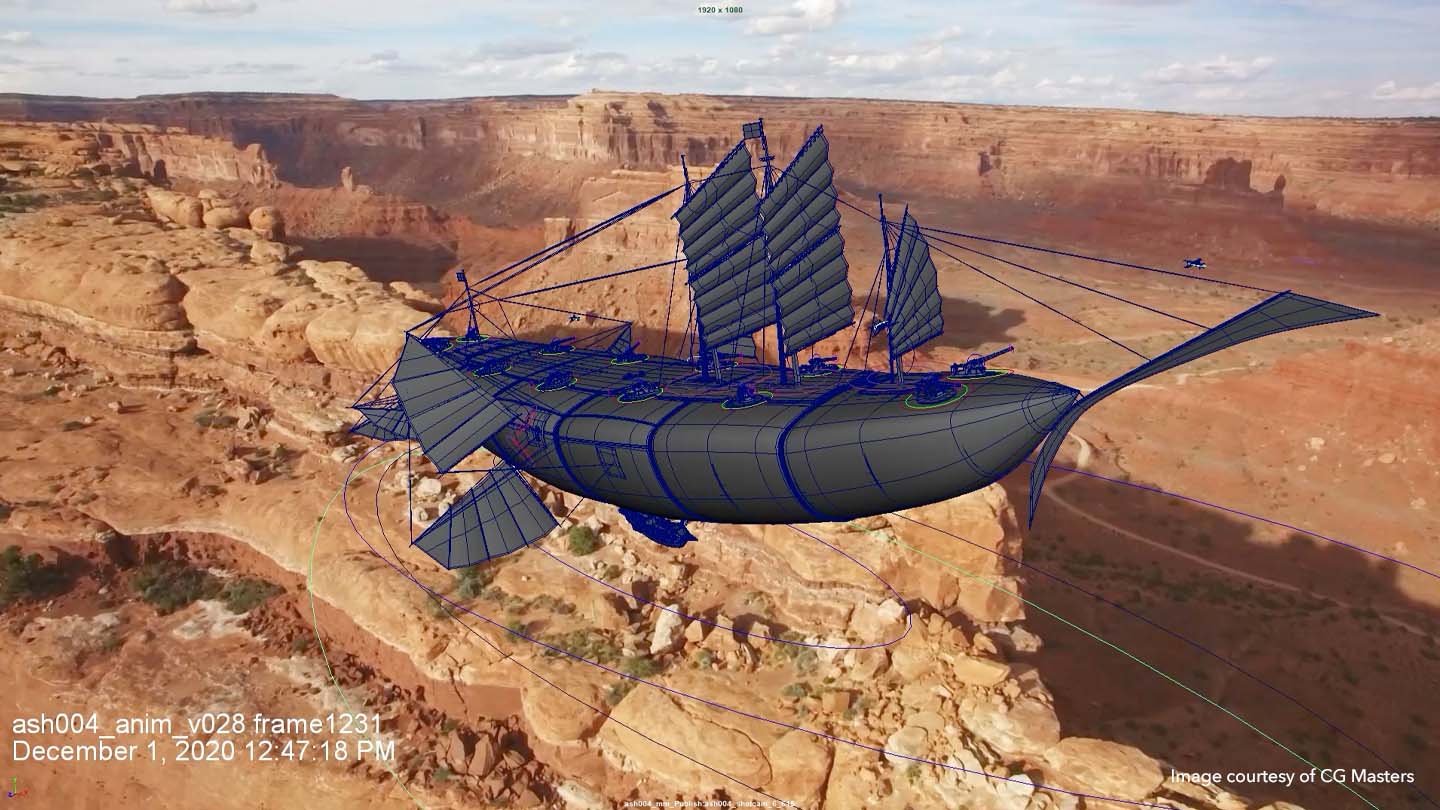
Q: The way that 3D technology evolves is fascinating. We are in an interesting transitional time with machine learning, AI, and lots of new tools and capabilities out there. What do you think the biggest challenges for new 3D artists are today?
A: Probably working remotely. I've already talked about how new Junior Artists know how to use software tools, not so much with production, not so much with knowing what a deadline is. It's not their fault. Normally, those new people would get that experience by being in the studio with a bunch of crazy smart people all around them, who would snap them into shape pretty quick. The only way to learn production is to do production. But how do you learn to do production by yourself in your bedroom at home? So this is a big and current challenge.
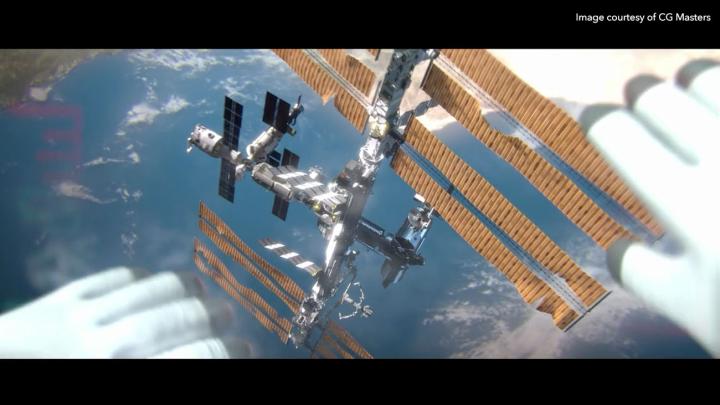
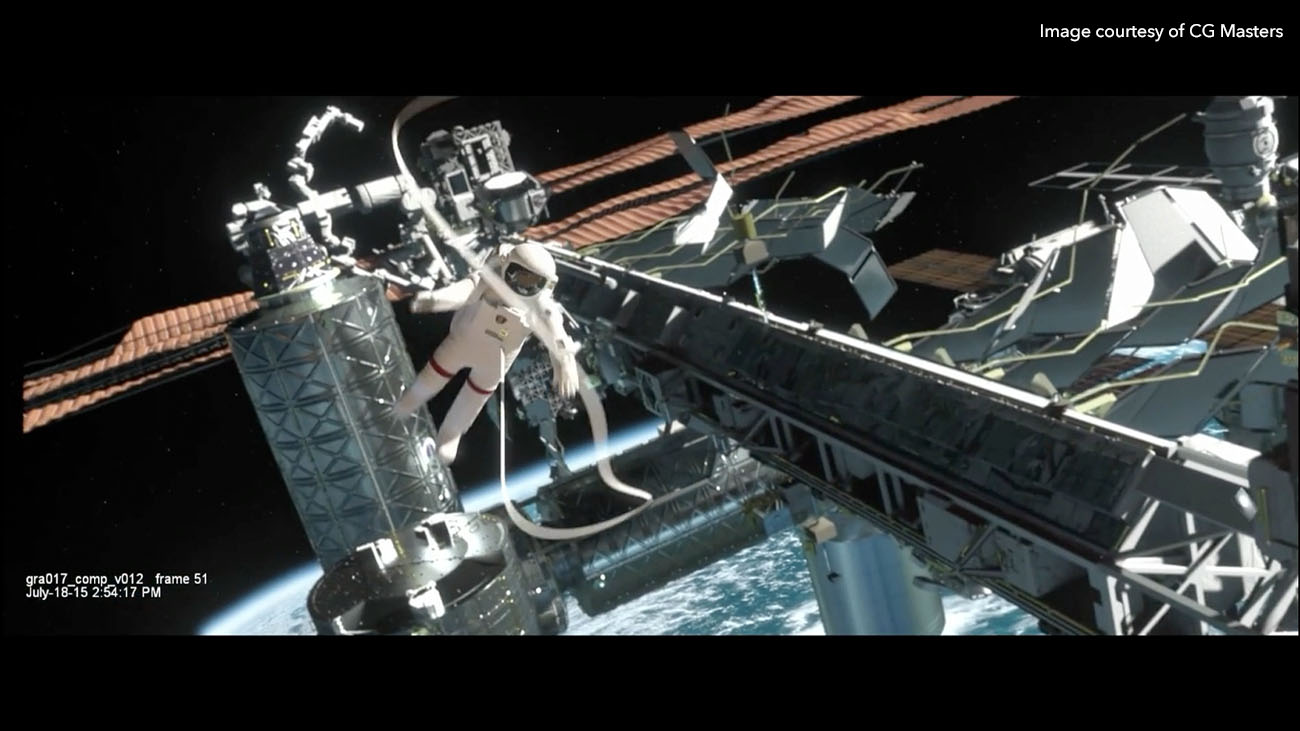
Q: What do you think are the biggest challenges that veteran 3D artists face today?
A: I think it's communication. Most of us are either remote or hybrid and there's so much valuable communication that comes from working in the same room with a group of people day after day. There are so many different levels of communication and so much information that's floating around in that room that, when you're at home in your own space, maybe most of the time completely disconnected. That information is just not moving anywhere.
I think everybody, either junior or senior, is trying to find a new path with the remote way because it's here forever. It is not going away. There's no way studios are going to mandate everybody back to the office. There are many things that are great about working remote but there are also aspects that aren’t. The same can be said for working in an office or studio—it depends on what your priorities are.
Please note: paraphrasing of the actual live interview has been used in writing this article.
